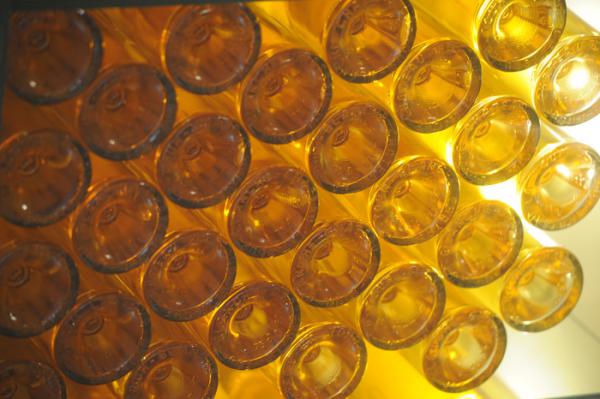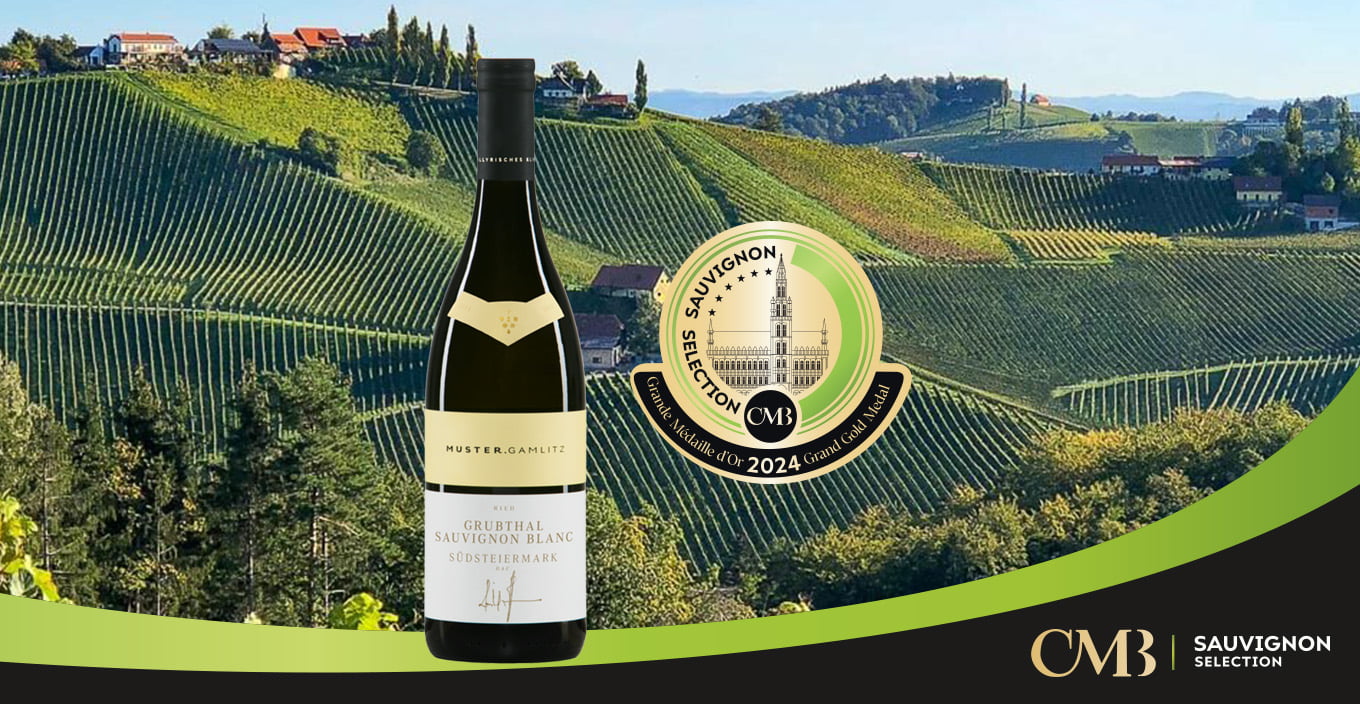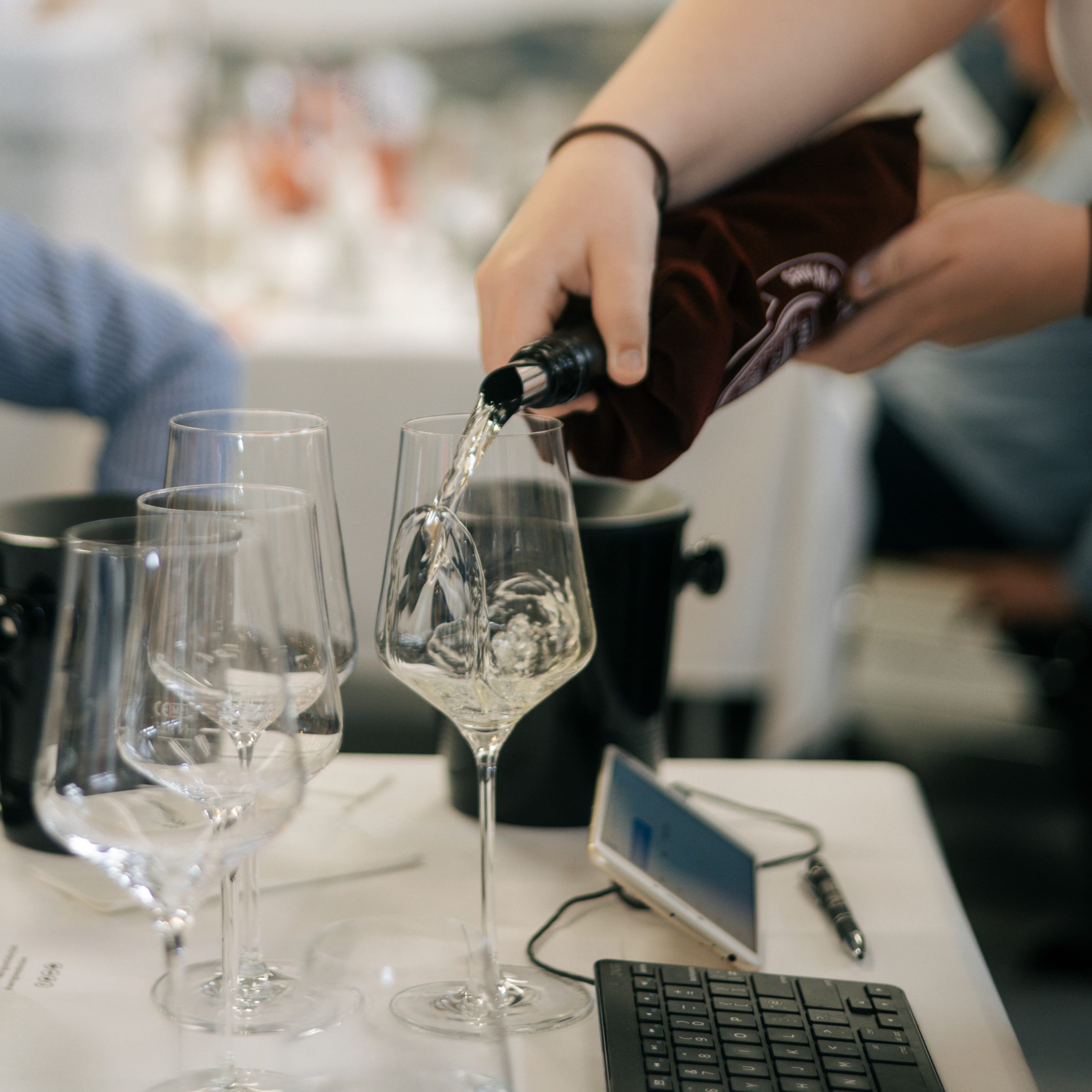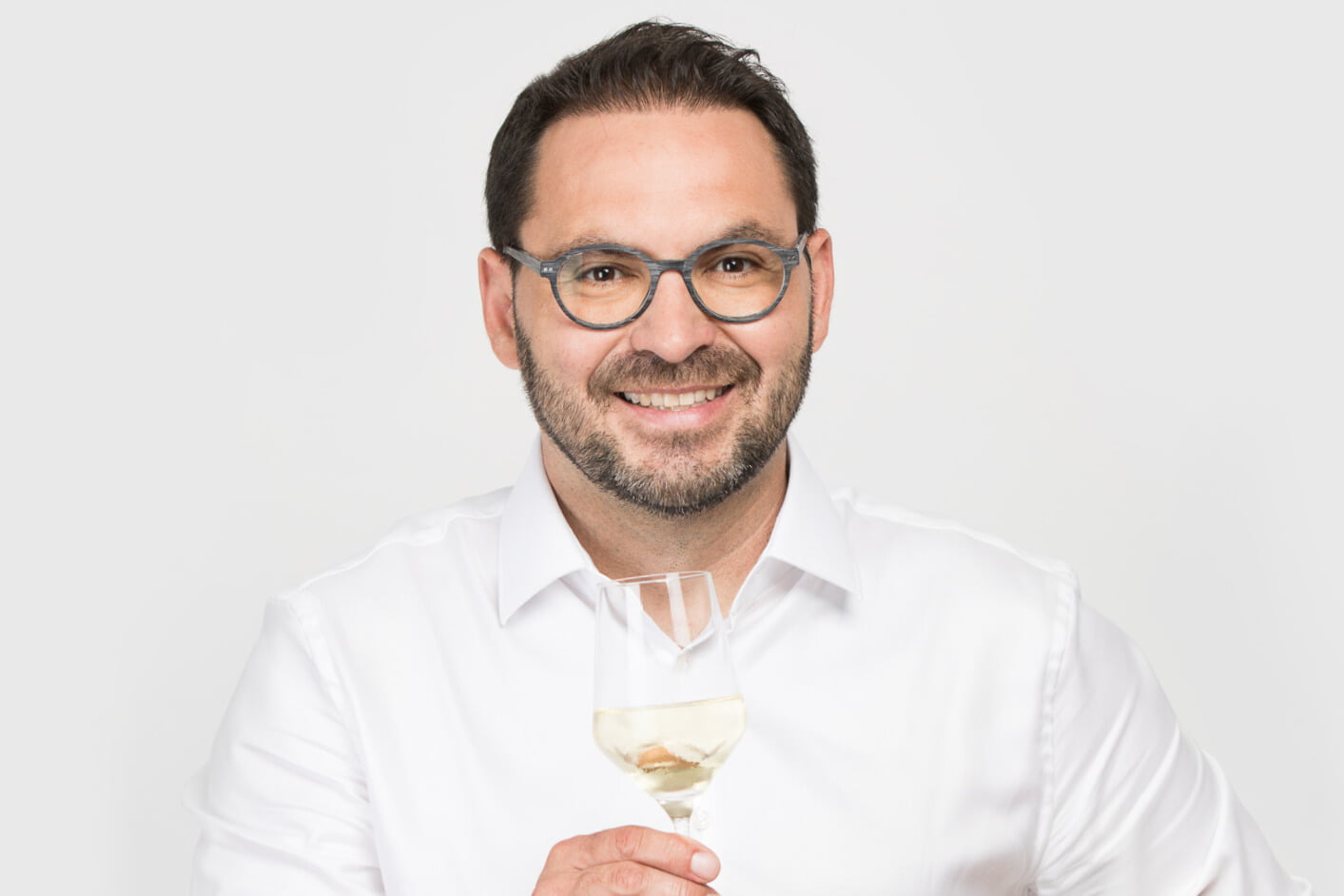Preserving the ageing potential of Sauvignon blanc wines

A wine’s cellaring potential and capacity to age whilst developing its unique character are pivotal to its intrinsic value. What is meant by a wine’s ageing capacity, though? Probably appearing younger than its age – within reason – and, more importantly, becoming more interesting after a few years in the bottle!
A white wine designed for ageing is therefore characterised by its capacity to preserve the aromas of the varietal(s) from which it is made and develop, during its time in the bottle, the specific aromatic nuances (empyreumatic, mineral, truffle-like) that form the bouquet of great wines.
Alas, this ideal scenario for white wine ageing is far from commonplace. Most white wines rapidly lose their fruity aromas and develop heavier smells recalling honey, beeswax, furniture polish and pine resin. As the aromas evolve, the wine invariably displays a marked orangey-yellow tinge and a sensation of bitterness on the finish. This affects all wines, regardless of whether they are still or sparkling, dry or sweet, and irrespective of grape variety or origin. This oxidative ageing process trivialises wines immensely because it erases sense of place as surely as a reductive ageing bouquet reveals it.
It stands to reason that Sauvignon blanc wines can also fall victim to oxidative ageing.
The research work I have conducted into the premature ageing of white wines at the Bordeaux Institute for Vine and Wine Science has allowed the molecules characterising the aromatic profile of white wines that have succumbed to oxidative ageing to be identified. The pathways leading to their formation have also been studied as have the circumstances from the vine to the bottle that promote their emergence and, of course, the way in which they can be prevented.
Some basic rules to follow
Steps required to prevent oxidative ageing actually amount to some relatively simple rules.
Firstly, sufficient vine vigour must be ensured by non limiting nitrogen input. Grapes that have high levels of available nitrogen (>200 mg/l) always contain greater amounts of aroma precursors and reductive compounds such as glutathione, and lower amounts of phenolic compounds that act as catalysts for oxidation. Excessive yields, drought, grass cover and shallow root systems weaken vines and promote premox in white wines.
During juice extraction, scattering of phenolic compounds from the grape solids must be restricted to preserve the reductive potential of the must, i.e. the glutathione. The number of final pressings must be kept to a minimum and the final press juice must be rigorously selected.
Both the must and the wine must be effectively protected against oxidation by using inert gas and sulphur dioxide to avoid the formation of molecules responsible for faulty ageing. Alcoholic fermentation must be completed and occur relatively quickly to ensure the must’s glutathione potential is preserved. This implies clarification levels in the must suited to the grape variety, sufficient available nitrogen content and oxygen input at the right moment, during the yeast growth phase.
When malolactic fermentation is a desired part of the wine making process, it must begin as soon as possible after the end of alcoholic fermentation. This is due to the fact that during the lag period of malolactic fermentation, wines are not protected from oxidation by sulphur dioxide. Ageing conditions should also be kept as reductive as possible by maintaining an effective dose of free SO2, stirring the lees back into suspension and using moderate amounts of new oak.
Finally, during preparations for bottling, dissolved oxygen must be restricted as much as possible and the appropriate closure chosen for the wine.


